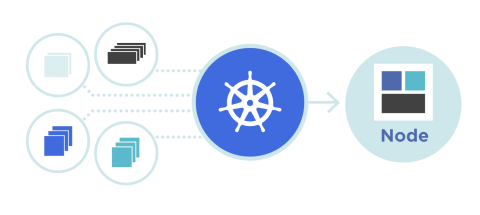
The rapid advancement of technology and adoption of containers has forced businesses to look for efficient solutions to manage large-scale applications. In this context, Kubernetes and Red Hat OpenShift stand out as two of the most popular platforms for container orchestration.
However, which one is the most suitable for your business? Below, you can read about the differences and benefits of both options, with the aim of helping CEOs, managers and business leaders make an informed decision.
What is Kubernetes?
Kubernetes is an open source platform designed to manage containerized workloads and services in an automated way. This tool facilitates declarative configuration and automation, allowing companies to run distributed systems with resilience and scalability.
Kubernetes offers a series of key features that make it indispensable in production environments:
Service discovery and load balancing: Kubernetes allows a container to be exposed through a DNS name or a single IP address, automatically managing network traffic to ensure the stability of the deployment.
Storage orchestration: It facilitates the integration of local or cloud storage systems, automatically mounting them according to the needs of the application.
Automated rollouts and rollbacks: Kubernetes allows you to define the desired state of the containers and is responsible for managing their life cycle to ensure that they are always running.
Horizontal scaling: It offers the layer
These features make Kubernetes an ideal solution for enterprises looking for a robust and extensible platform for managing containerized applications, whether hosted on-premises, in the cloud, or in hybrid environments.
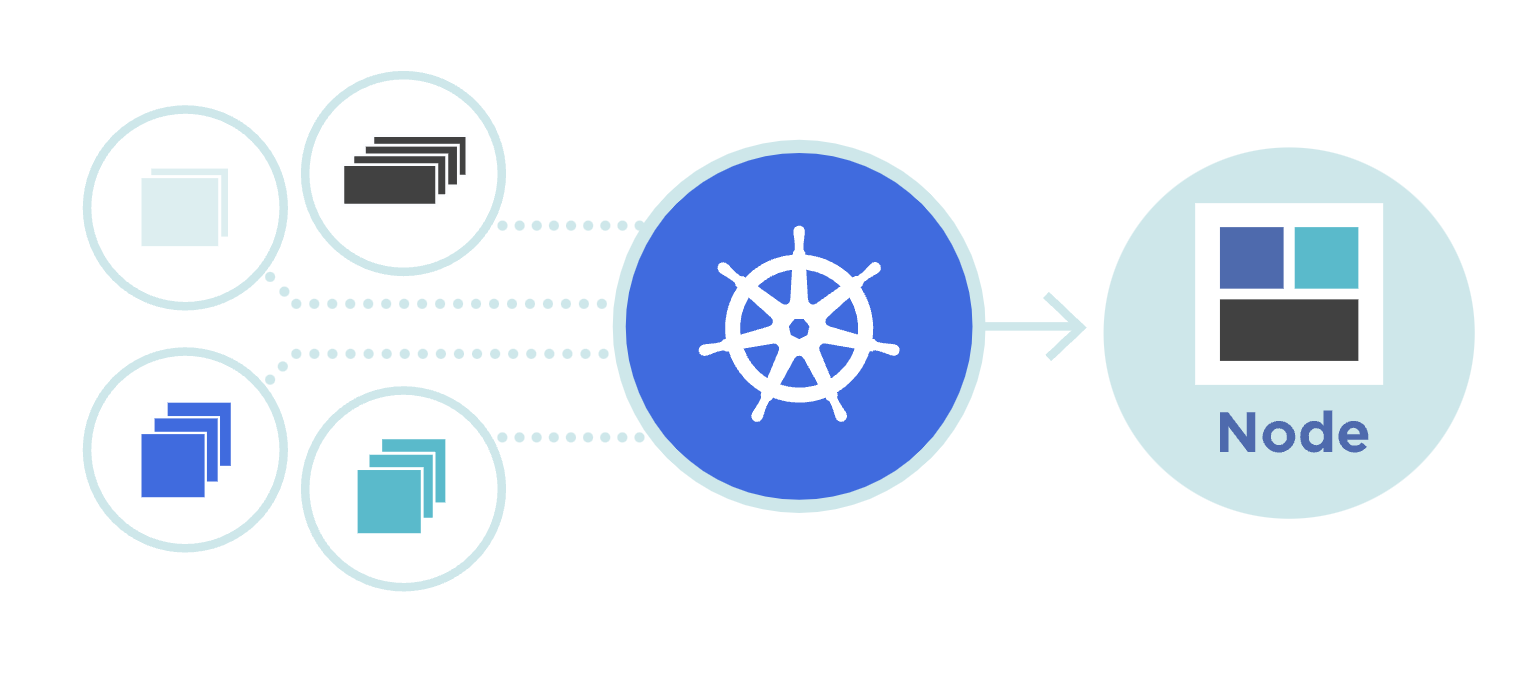
What is Red Hat OpenShift?
Red Hat OpenShift is a Kubernetes-based cloud application platform designed to modernize existing applications and accelerate the development of cloud-native applications. While using Kubernetes as its core, OpenShift adds a number of additional tools and services that simplify the process of deploying and managing containerized applications.
OpenShift is optimized to deliver a consistent user experience across different infrastructures, making it easy to deploy in both public and private clouds, as well as on-premise environments. Some of OpenShift's key features include:
Enhanced security: OpenShift incorporates advanced security measures from the ground up, providing control over containers and ensuring compliance.
Automated maintenance and upgrades: With OpenShift, platform upgrades and maintenance are performed automatically, reducing downtime and manual interventions.
Unified user experience: Both development and operations teams have access to a single platform, facilitating collaboration and reducing the time required to launch new applications.
OpenShift is designed to make life easier for development and operations teams, allowing them to focus on what really matters: building and deploying applications efficiently and securely.
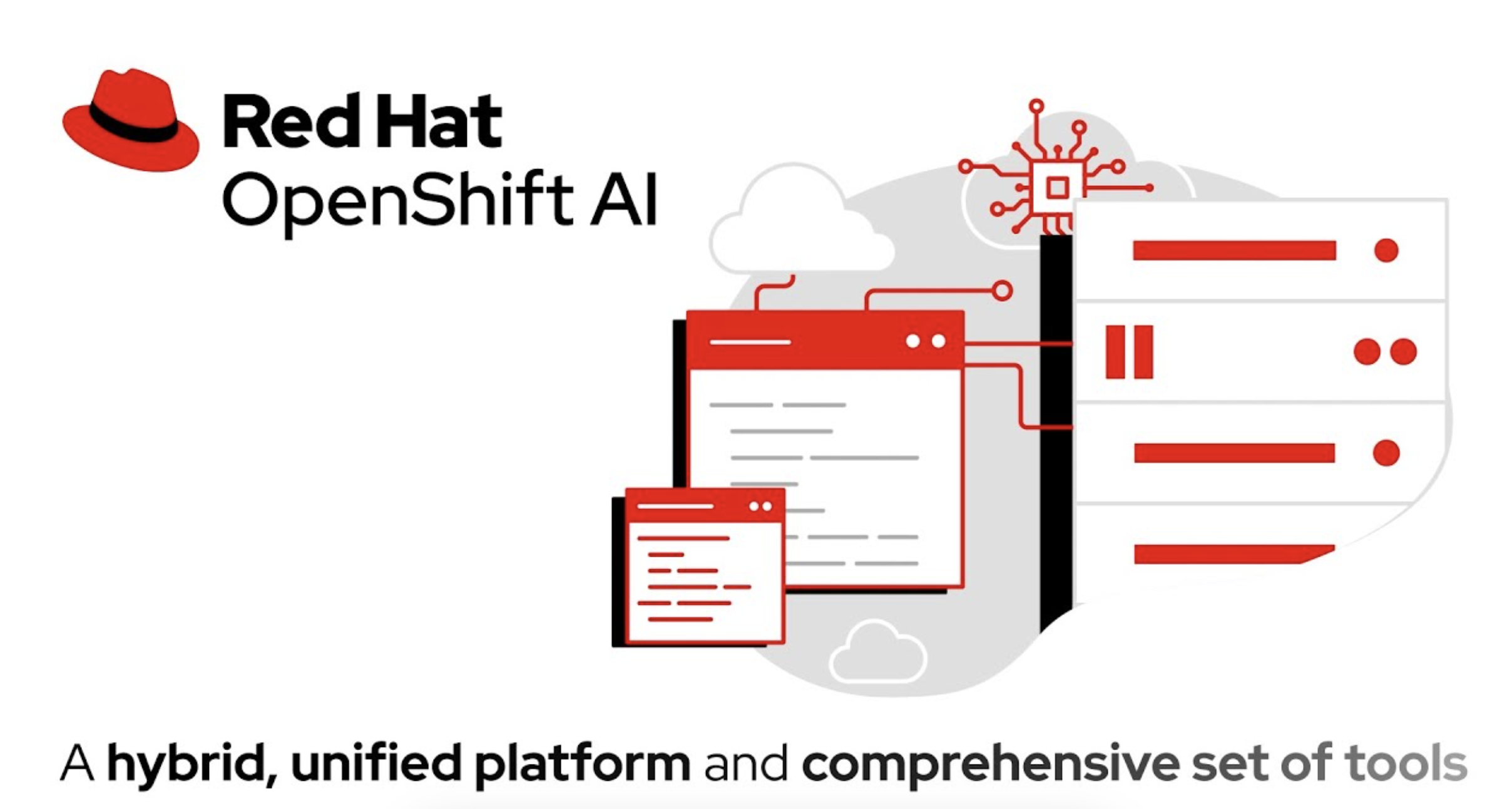
Key Differences Between Kubernetes and Red Hat OpenShift
1. Ease of Use
Kubernetes is highly flexible, but requires a considerable level of technical expertise to configure and maintain. Companies opting for Kubernetes will need an experienced DevOps team that can manage the underlying infrastructure and customize configurations to specific business needs.
On the other hand, Red Hat OpenShift offers a simpler, more guided experience. It includes pre-configured tools that reduce the need for manual configurations. This makes OpenShift ideal for organizations that prefer a ready-to-use solution with a less steep learning curve.
2. Support and Services
While Kubernetes has a vast support ecosystem, companies adopting it must be prepared to manage the platform themselves or hire third-party services. OpenShift, on the other hand, offers comprehensive support and a more structured user experience, with Red Hat handling most of the maintenance and troubleshooting.
In addition, Red Hat offers service level agreements (SLAs) that can be attractive to companies that require greater assurance of continued operations.
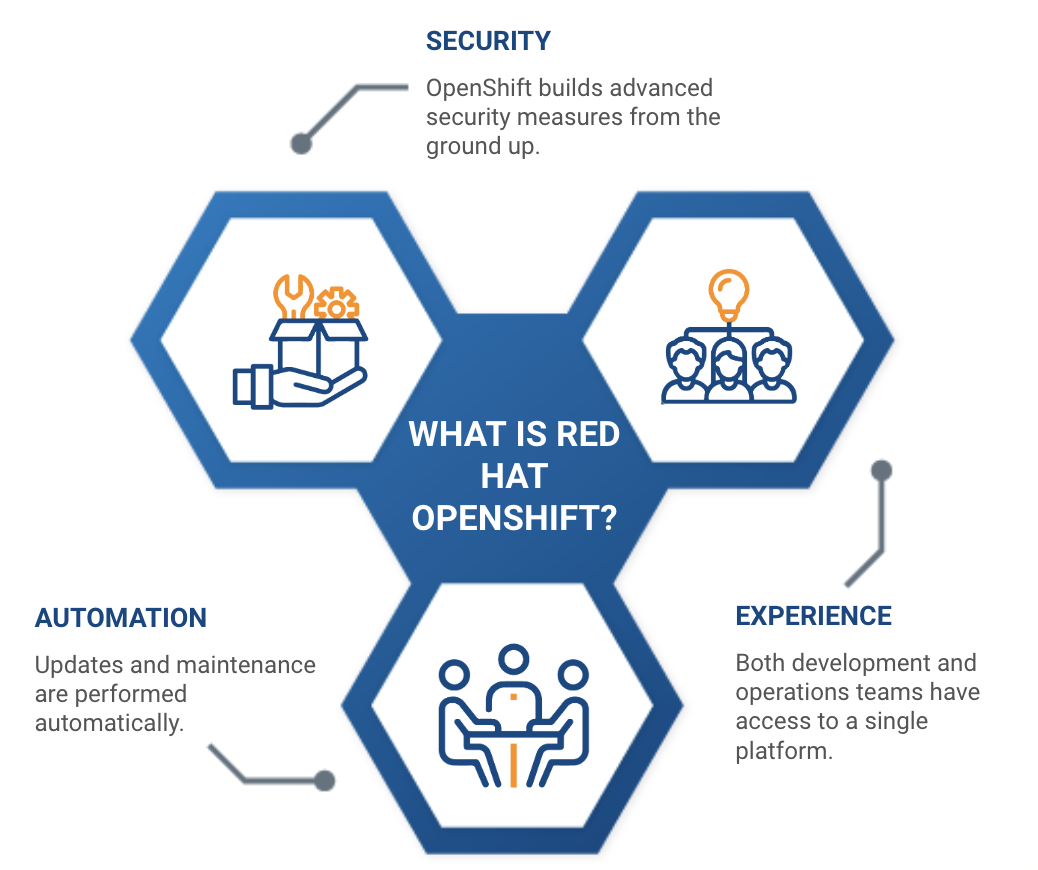
3. Security
Kubernetes offers robust security tools, but requires IT teams to configure and maintain them. OpenShift, on the other hand, has security policies built in out of the box, including role-based access controls (RBAC) and secure networking by default. This is particularly beneficial for companies that need to comply with strict regulations or want to minimize security risks.
4. Multicloud and Hybrid Support
Both platforms support multicloud and hybrid cloud environments, but OpenShift stands out in this regard thanks to its native integration with Red Hat Enterprise Linux (RHEL) and its ability to offer a unified experience across different infrastructures. Kubernetes is more flexible in terms of tool choice, but this can introduce additional complexity as organizations grow and diversify their IT environments.
5. Costs
Kubernetes is an open source solution, meaning there are no licensing costs associated with using it. However, companies must consider additional costs related to infrastructure, support, and hiring specialized talent.
Red Hat OpenShift, on the other hand, is a commercial platform that comes with a subscription cost, but includes technical support, maintenance, automatic updates, and advanced security features. This can be more cost-effective for companies that do not want to manage these areas internally.
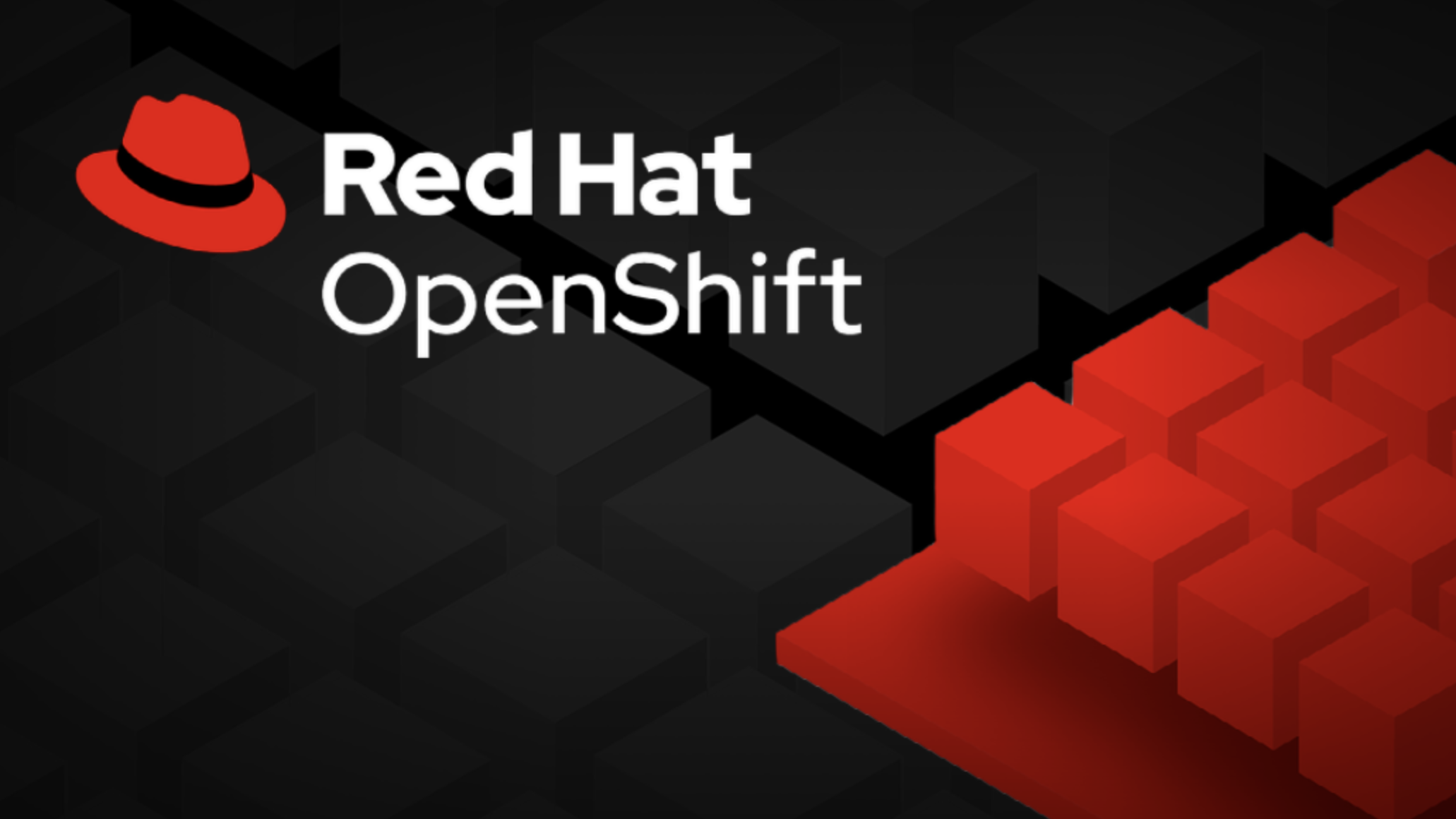
Which is the best option for your company?
Choosing Kubernetes
Kubernetes is ideal for companies that have a strong technical team and are looking for maximum flexibility in container management. It is a powerful platform for those organizations that want to customize every aspect of their infrastructure, from deployment to security and scalability.
Choosing Red Hat OpenShift
On the other hand, OpenShift is an excellent choice for companies that are looking for simplicity and speed in deployment, especially if they do not have a technical team specialized in Kubernetes. Tool integration, enhanced security, and ongoing support make OpenShift an attractive platform for companies that want to minimize maintenance time and focus on innovation.
Both Kubernetes and Red Hat OpenShift are powerful solutions for container management, but each has its strengths depending on the needs of the organization. Kubernetes offers flexibility and complete control, but at the cost of greater complexity.
OpenShift, on the other hand, provides a more complete and user-friendly solution with a focus on security and ease of use. For CEOs, managers and business leaders, the decision between Kubernetes and OpenShift will depend on the structure of their technical team, security needs and ability to manage large-scale IT infrastructures.

